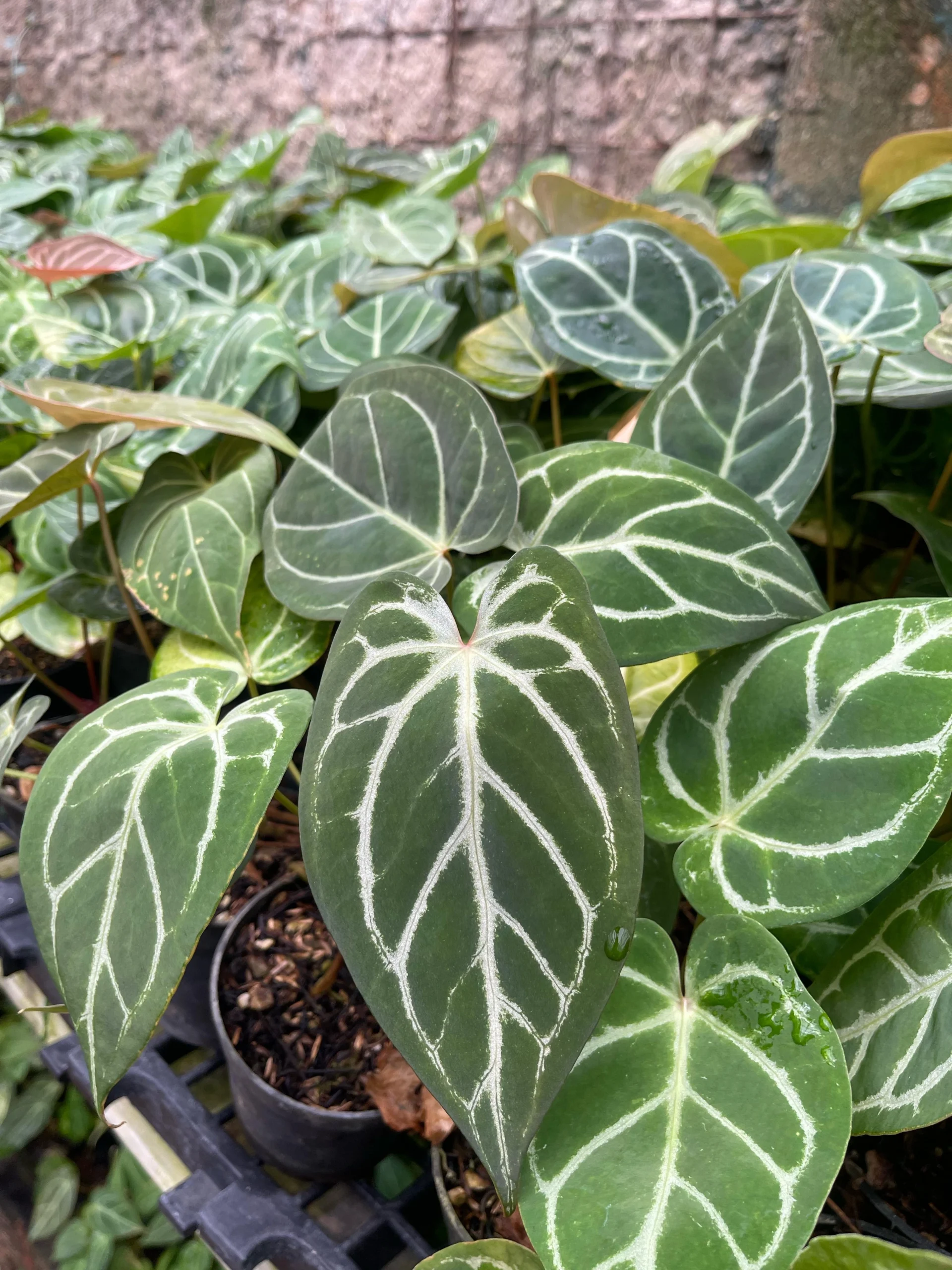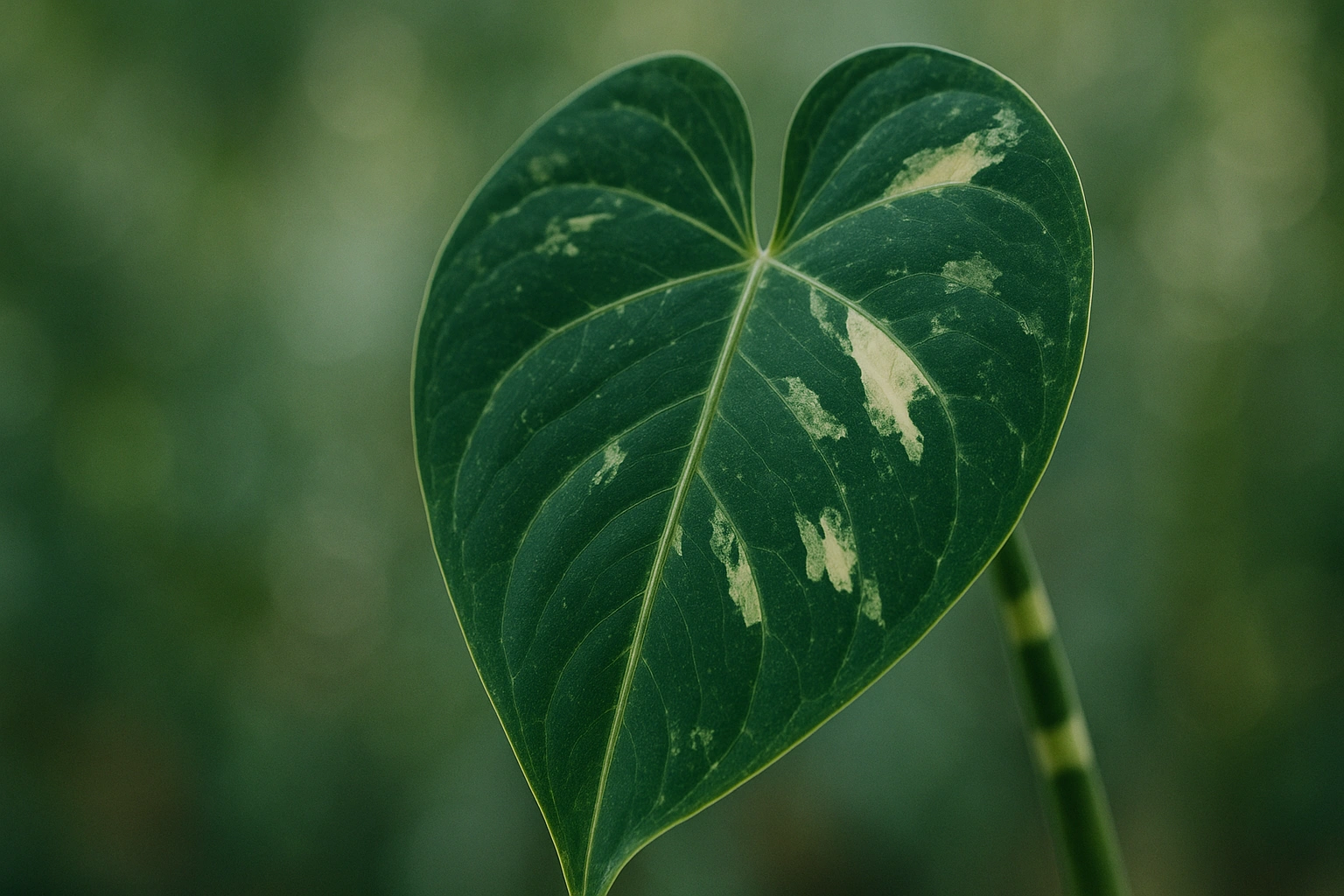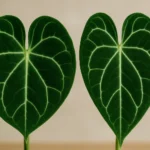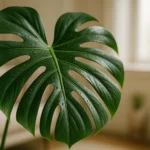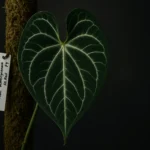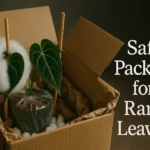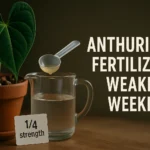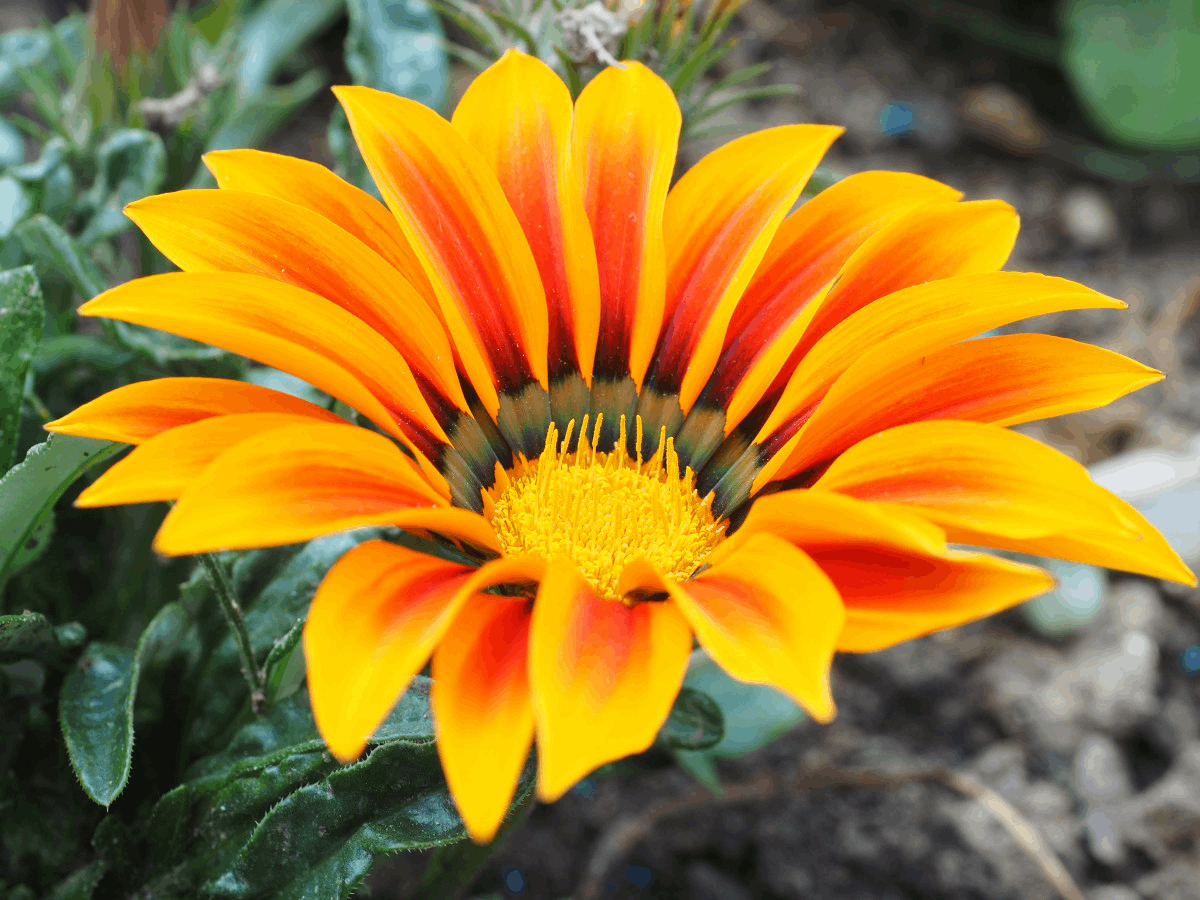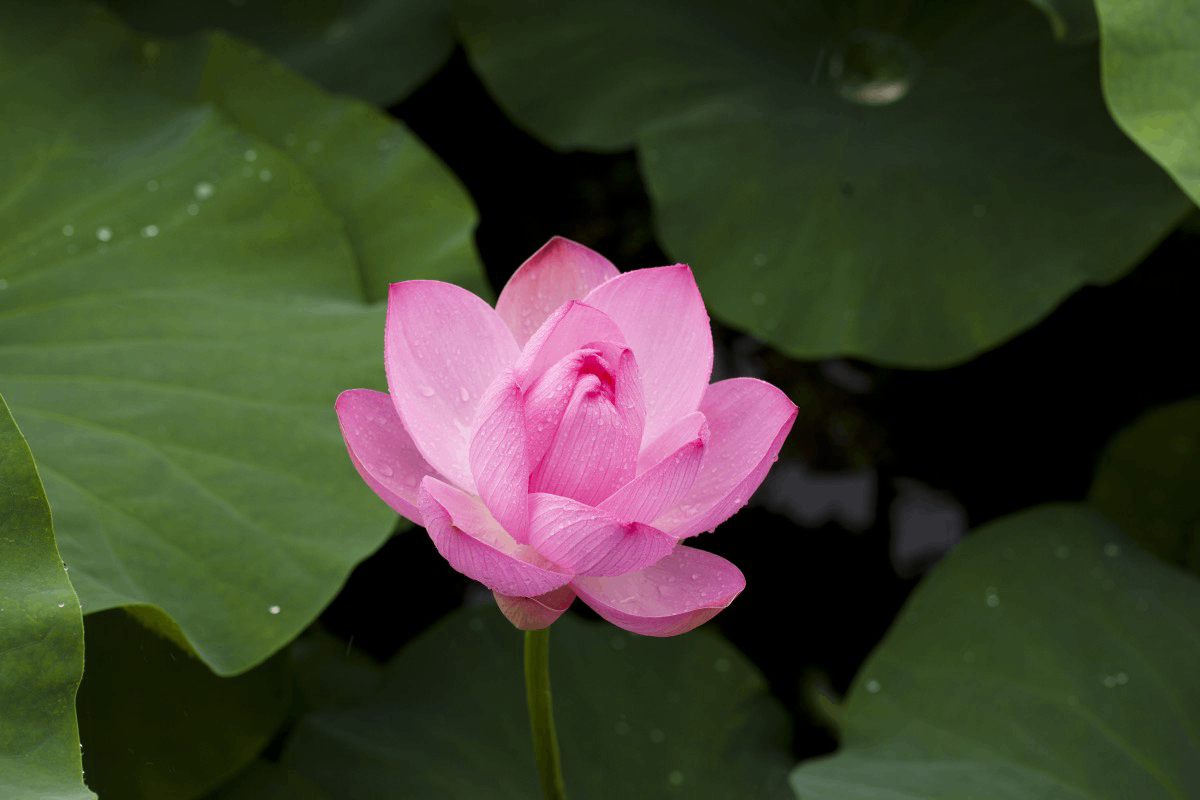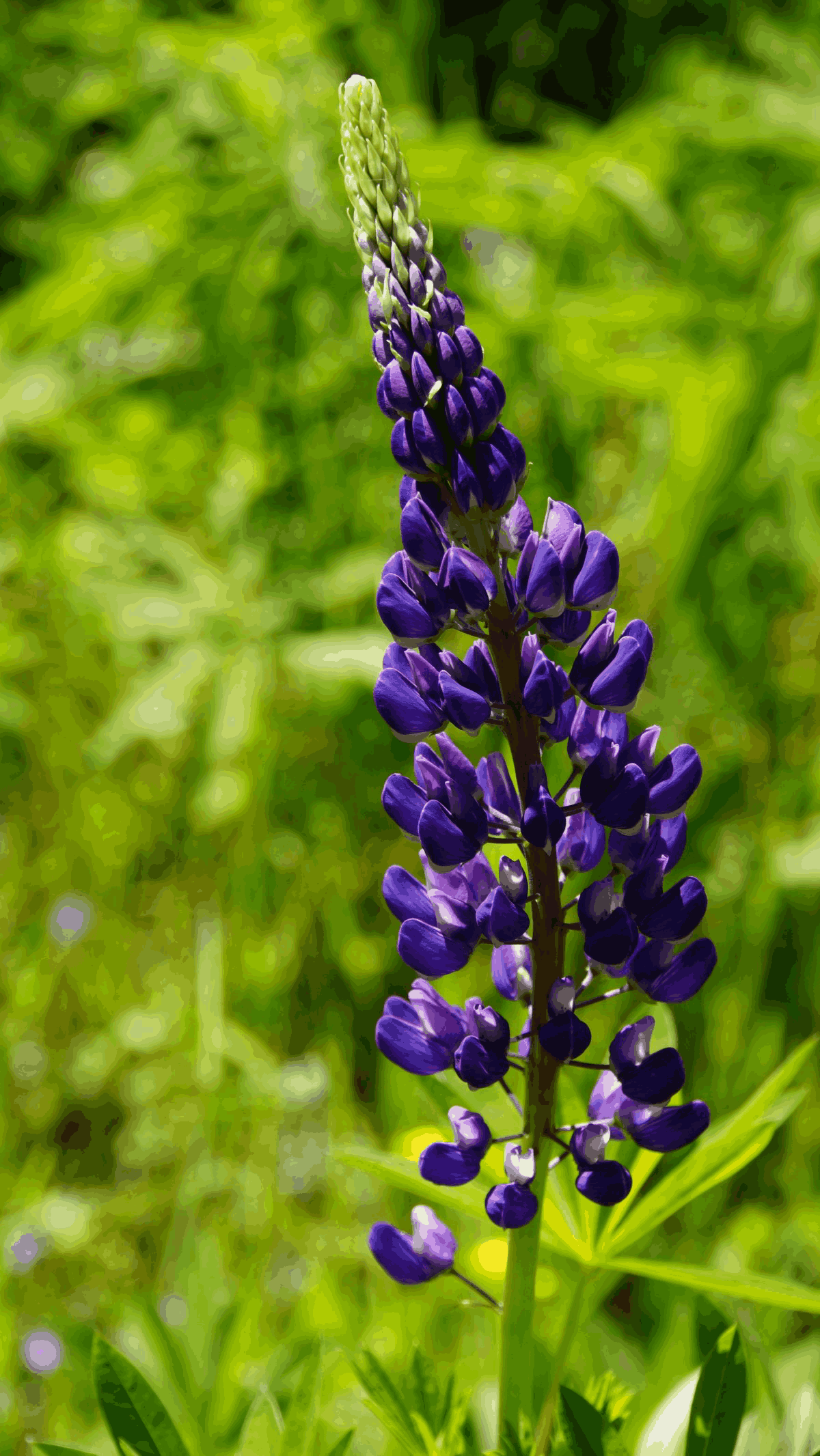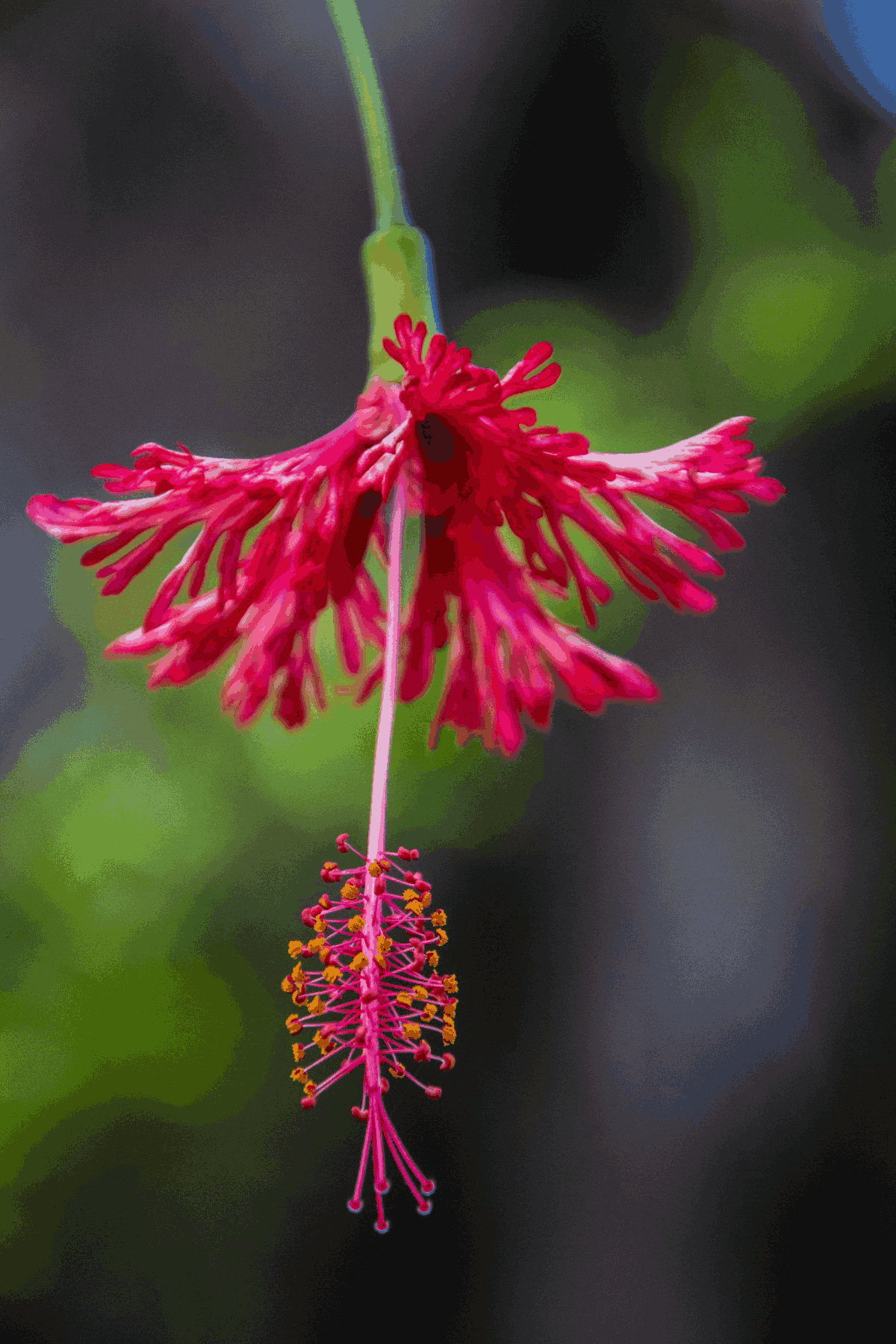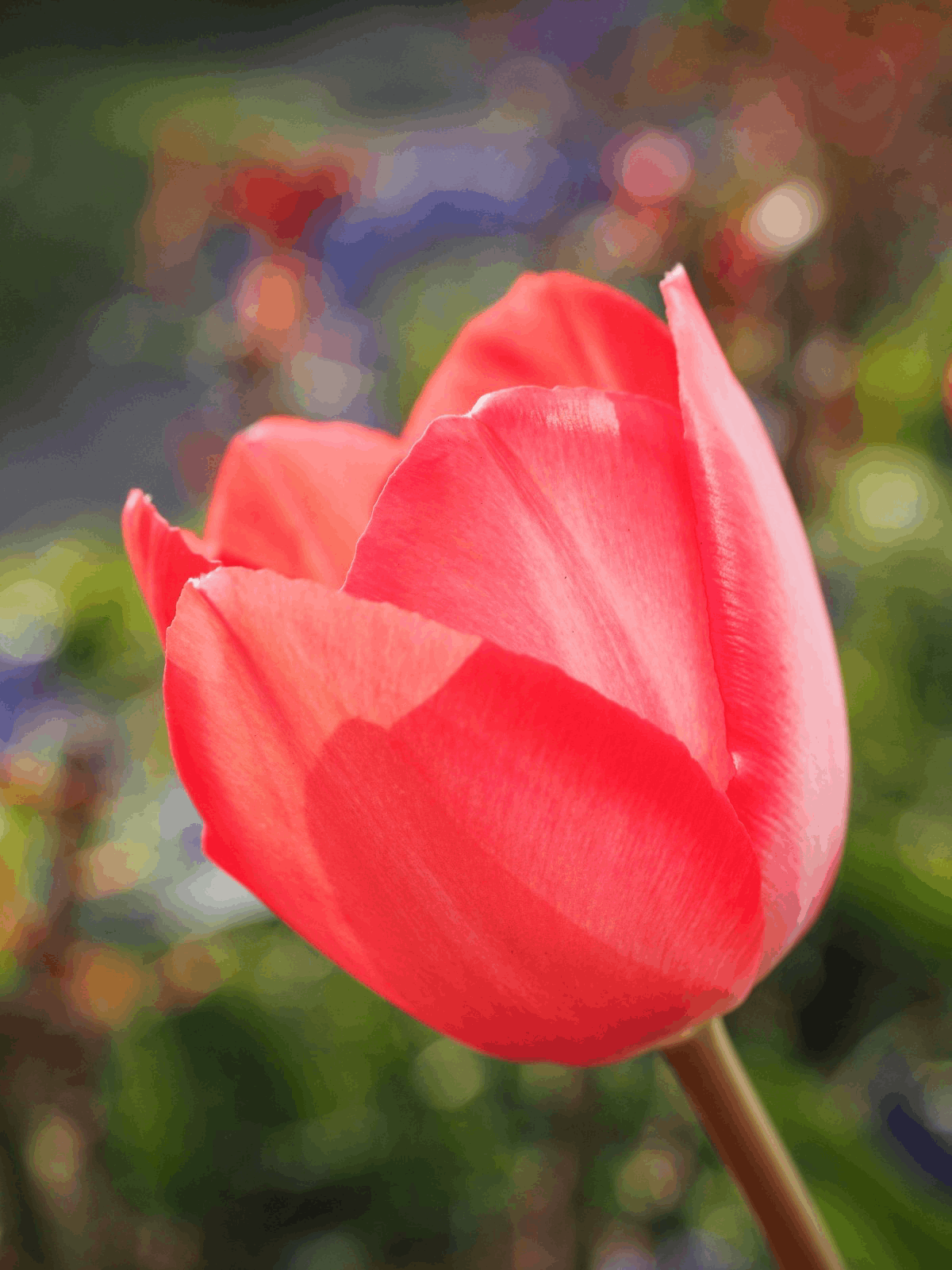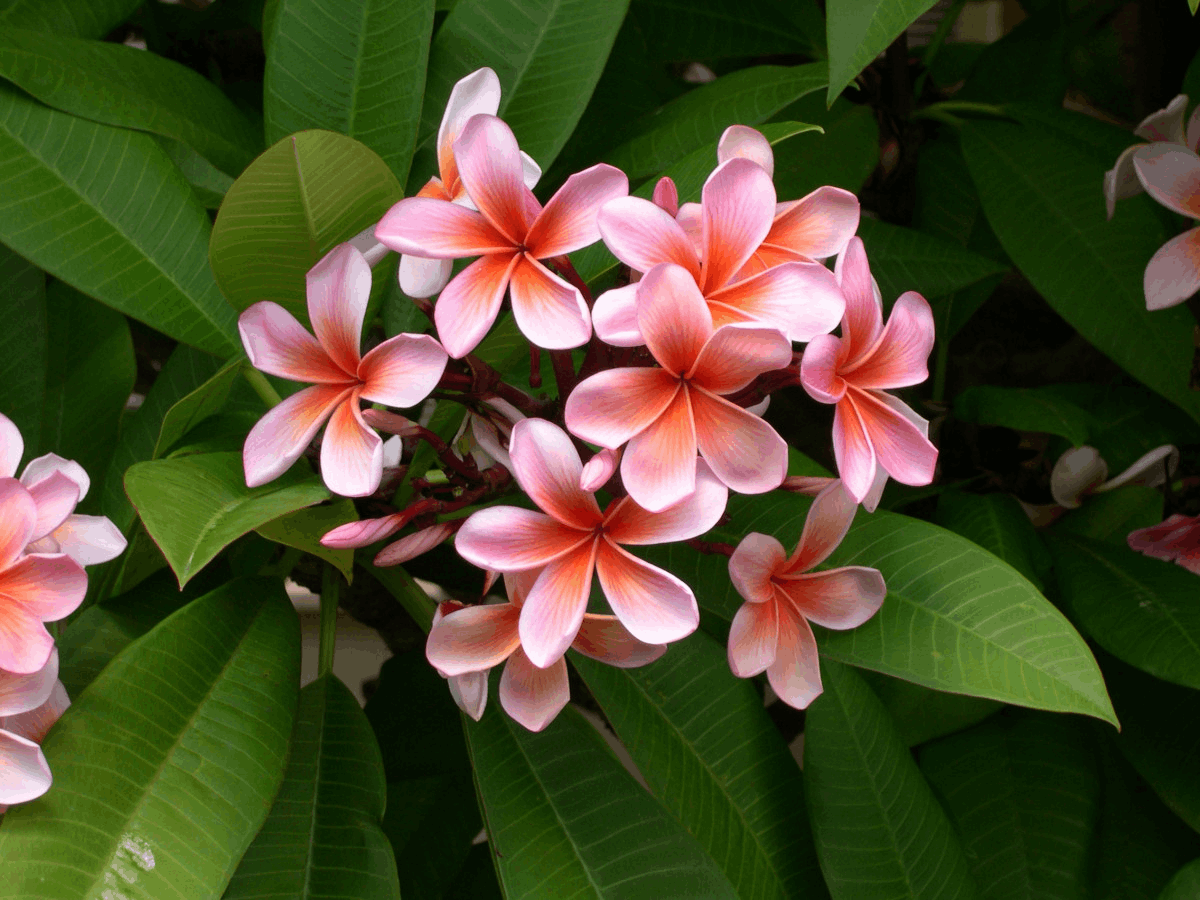GreenWandering
Discover the world’s most unique leaves.
The Unstable Allure of a Splashed Leaf
Understanding the ‘why’ behind variegation is the key to collecting with confidence. This guide will delve into the science of variegation stability, teach you how to spot the signs of a stable plant before you buy, and provide the specific care techniques needed to support and maintain that stunning color. We’ll explore everything from chimeric genetics to the critical role of light and pruning. At GreenWandering, we believe knowledge is the best tool for cultivating a breathtaking and lasting collection of the world’s most unique leaves.
What Is Anthurium Variegation?
At its core, **anthurium variegation** is the appearance of different colored zones on the leaves, stems, or even flowers of the plant. These patterns occur because some of the plant’s cells lack chlorophyll, the pigment that makes plants green and is essential for photosynthesis. Most of the highly sought-after variegation in anthuriums is a type of genetic mutation called a chimera. An anthurium, like all plants in its genus, belongs to the vast Araceae family. You can explore the sheer diversity of this genus on authoritative sites like Kew’s Plants of the World Online.
In 2025, the demand for variegated plants has never been higher. They are the ultimate living art pieces, adding a touch of luxury and exotic beauty to indoor spaces. Their unpredictable patterns make each leaf a unique surprise, which is a huge part of their appeal for serious collectors of **rare anthurium** specimens.
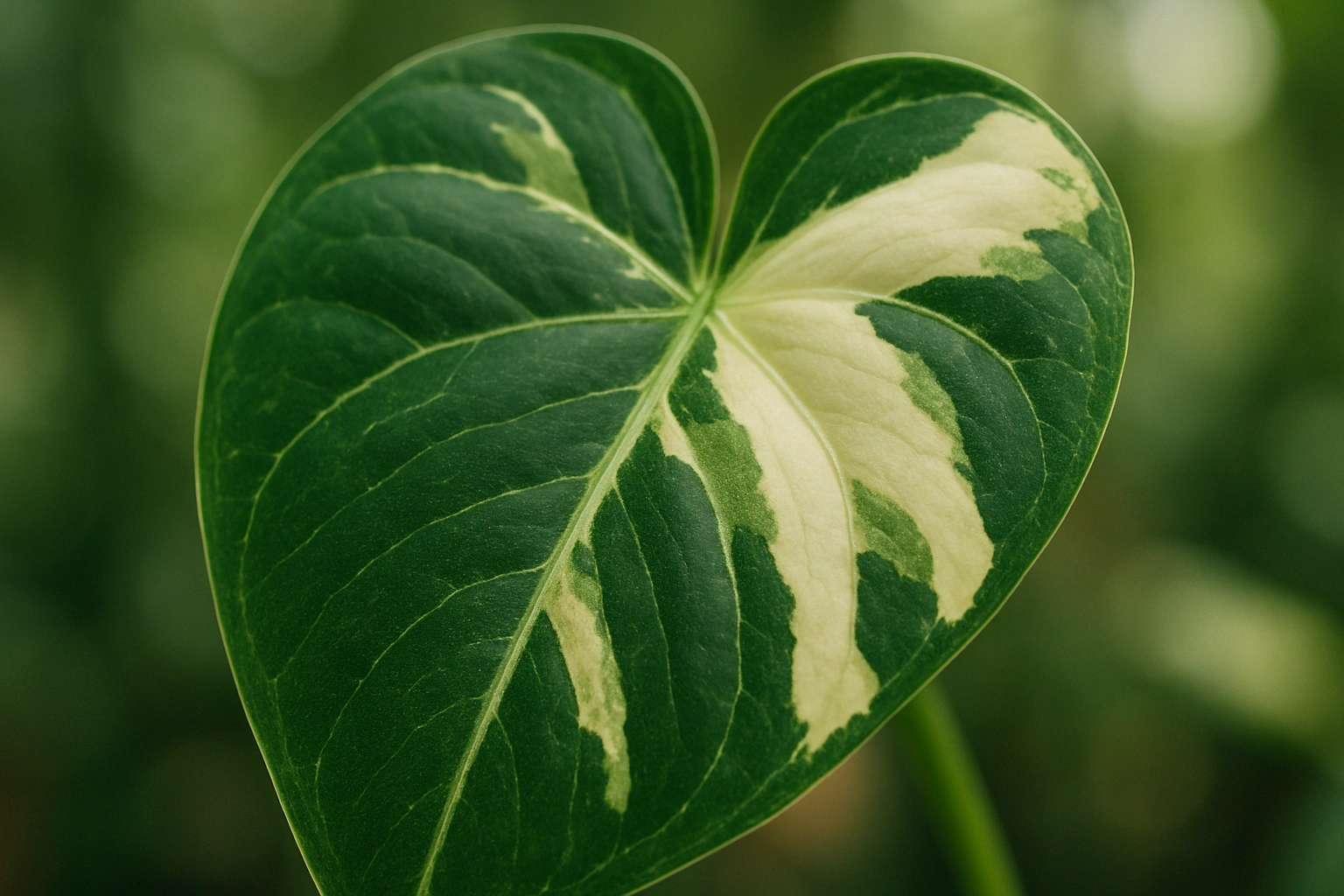
The Science of Stability: Not All Variegation is Equal
The key to a successful investment in a variegated plant is understanding its potential for **variegation stability**. This depends entirely on the type of mutation that caused it.
Chimeric Variegation: The Unstable Beauty
This is the most common type in collector anthuriums. A chimera occurs when a plant has two different sets of DNA in its tissues—one that can produce chlorophyll and one that can’t. These cell layers grow alongside each other. Because these layers can be unevenly distributed, the variegation is often unstable and can revert. The pattern on the leaves is a direct reflection of the cell makeup in the plant’s growing tip (apical meristem). This is why looking for variegation on the stem is so critical; it indicates the mutation is present throughout the plant’s core tissues.
Genetic (Patterned) Variegation: The Stable Kind
In some rare cases, variegation is genetically coded into all of the plant’s cells. This type of variegation is stable and will be passed down to offspring through seeds. The pattern is predictable and consistent from leaf to leaf. Plants like *Aglaonema pictum tricolor* are a good example of this. While less common in anthuriums, it’s the gold standard for stability.
How to Care for and Encourage Anthurium Variegation
While you can’t create variegation, you can influence its expression with proper care. Variegated plants are more sensitive due to having less chlorophyll to convert light into energy.
- Light is Paramount: Variegated plants need more light than their green counterparts to compensate for the lack of chlorophyll. Bright, indirect light is essential. Too little light, and the plant will produce more green to survive, causing it to revert. Too much direct sun will scorch the delicate, pigment-free sections.
- Water with Care: Because they grow slower, variegated plants use less water. Allow the top 2 inches of the soil to dry out before watering thoroughly. Overwatering can quickly lead to root rot. For general plant health tips, the Royal Horticultural Society (RHS) is an excellent resource.
- Strategic Pruning: This is your most powerful tool for maintaining **chimeric variegation**. If the plant puts out a completely green leaf, prune it off. This encourages the plant to activate a new growth point, hopefully from a node that has a better mix of variegated cells. The same applies to all-white leaves, which cannot sustain themselves and will eventually die.
- Gentle Fertilization: Feed with a balanced fertilizer at half-strength during the growing season. Too much nitrogen can sometimes encourage the plant to produce more green growth.
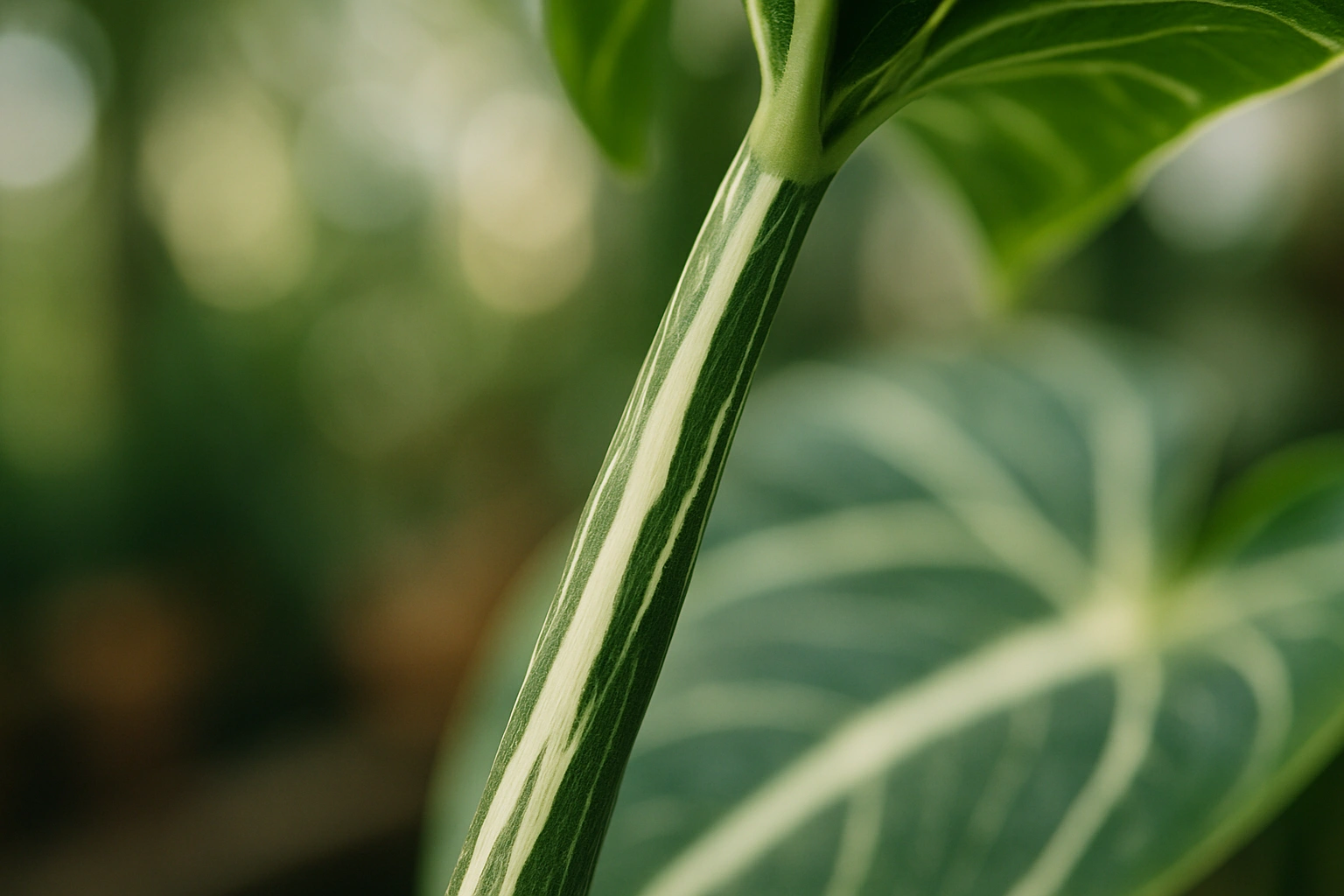
Buying Guide: Checklist for a Stable Plant
When you’re ready to invest in a variegated anthurium, use this checklist to assess its stability and health:
- Check the Stem First: This is non-negotiable. Look for clear, consistent lines or sections of variegation running up and down the stem. This is the best indicator that the variegation will continue in new growth.
- Assess Leaf Balance: Look for a plant with a good balance of green and variegated sections on its existing leaves. A plant with only tiny flecks of white or, conversely, one that is almost entirely white, is more likely to be unstable.
- Inspect the Newest Growth: What does the newest unfurling leaf look like? Its pattern is a good preview of what to expect next.
- Healthy Roots are a Must: Ask for a picture of the roots if possible. A healthy root system is crucial, as these plants are already under more stress than their green counterparts.
- Buy from Reputable Sellers: A good seller will show photos of the stem, provide information on the mother plant, and be transparent about the plant’s stability. Our collector’s guide can help you find reputable sources.
Common Mistakes to Avoid
- Falling for a “Half Moon” Leaf: While stunning, a single, perfectly split leaf on an all-green stem is often a sign of an unstable, one-off mutation.
- Providing Low Light: This is the fastest way to encourage your plant to revert to all green.
- Keeping Reverted Growth: Failing to prune all-green leaves allows the more vigorous green cells to take over the plant.
- Overwatering: Forgetting that slower growth means the plant needs less water.
- Expecting Perfection: Every leaf is a surprise. Chasing a “perfect” pattern can lead to disappointment. Embrace the randomness!
Expert Tips from the GreenWandering Team
- For advanced propagation, you can use keiki paste on a dormant node that shows strong variegation on the stem to encourage a new, highly variegated growth point.
- Adding silica to your feeding regimen can help strengthen the plant’s cell walls, making the delicate variegated portions more resilient.
- To identify specific species, the Missouri Botanical Garden Plant Finder is a fantastic photo resource.
- Be patient after shipping. Variegated plants are prone to stress and may take longer to acclimate and produce a new leaf. Give them time.
“With variegated plants, you’re not just a grower; you’re a curator. Your care and decisions directly shape the living art in front of you.” – The GreenWandering Team
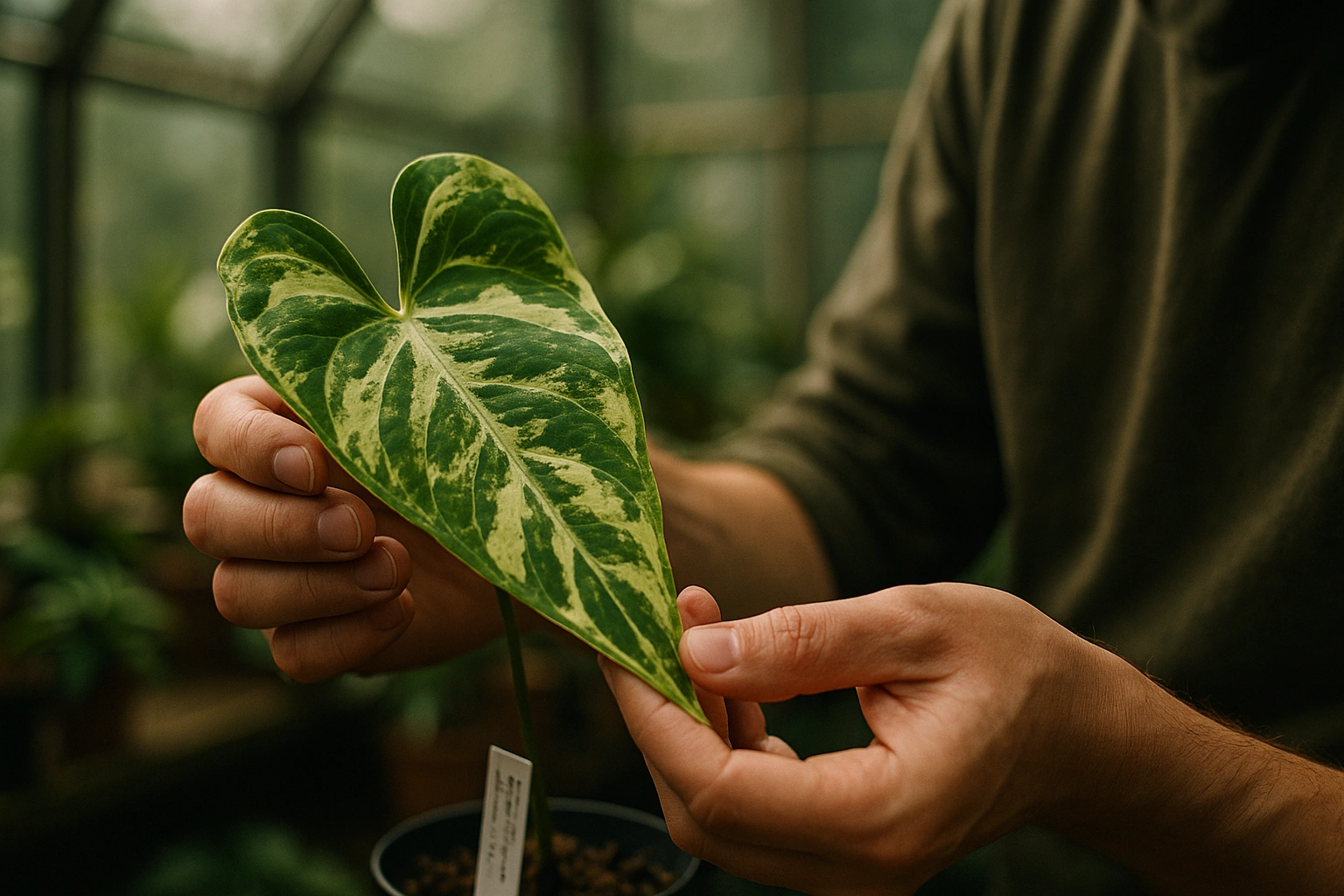
Frequently Asked Questions (FAQ)
Will my anthurium’s variegation fade or disappear?
It’s possible, especially with chimeric variegation, which is inherently unstable. If a plant produces all-green leaves, it’s reverting. This can be managed with proper light and strategic pruning of reverted growth to encourage variegated nodes to activate.
Why is my new variegated leaf turning brown?
The white or light-colored parts of a variegated leaf lack chlorophyll and are much more delicate. They are prone to browning from too much direct sun, low humidity, or inconsistent watering. Think of them as being easily sunburnt and needing more gentle care.
Can you force a green anthurium to become variegated?
No, you cannot force variegation through care routines. Variegation is the result of a genetic mutation. While proper care can enhance the expression of existing variegation, it cannot create it in a genetically all-green plant.
Is variegation on the stem important?
Yes, for chimeric variegation, it is the most critical indicator of stability. Variegation that is present in the stem’s tissue is more likely to be passed on to new leaves and propagations. Always check the stem before buying a pricey variegated anthurium.
Are variegated anthuriums harder to care for?
They are less forgiving than their all-green counterparts. Because they have less chlorophyll, their growth is slower, and they are more sensitive to light, watering, and humidity fluctuations. They require a more attentive and consistent care routine but are incredibly rewarding.
Conclusion: Curating a Living Masterpiece
